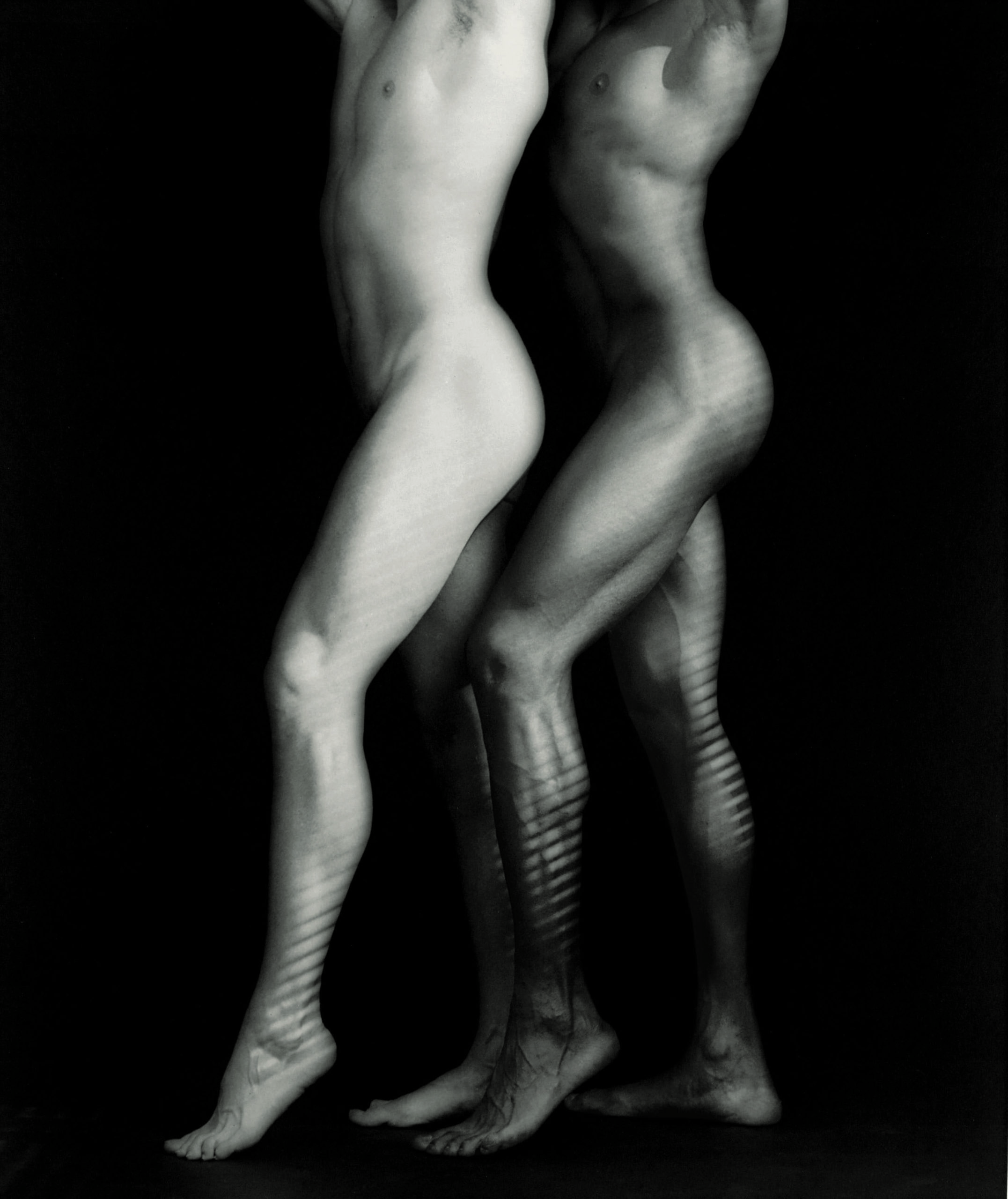Painting Photography: Victor and Sergey Kochetov
Victor Kochetov says there was no real reason why he and and his son Sergey started to paint their photographs, but in doing so, they were inspired by Boris Mikhailov’s hand-coloured series from the late 1970s, Luriki. Luriki was an underground method of hand-colouring black-and-white photographs which Mikhailov referred to as “Eastern idiocy,” and the “backwardness of Soviet Technology”. “There was no particular idea or vision behind it, we just worked on the picture until we liked the result,” says Kochetov. “But one could analyse particular images, and the usage of certain colours. If pink is used on ‘masculine’ images – and most Soviet propaganda images do look masculine – it may provoke an opposite effect. Or blue, the colour of dead body, is very heavy and disturbing.”
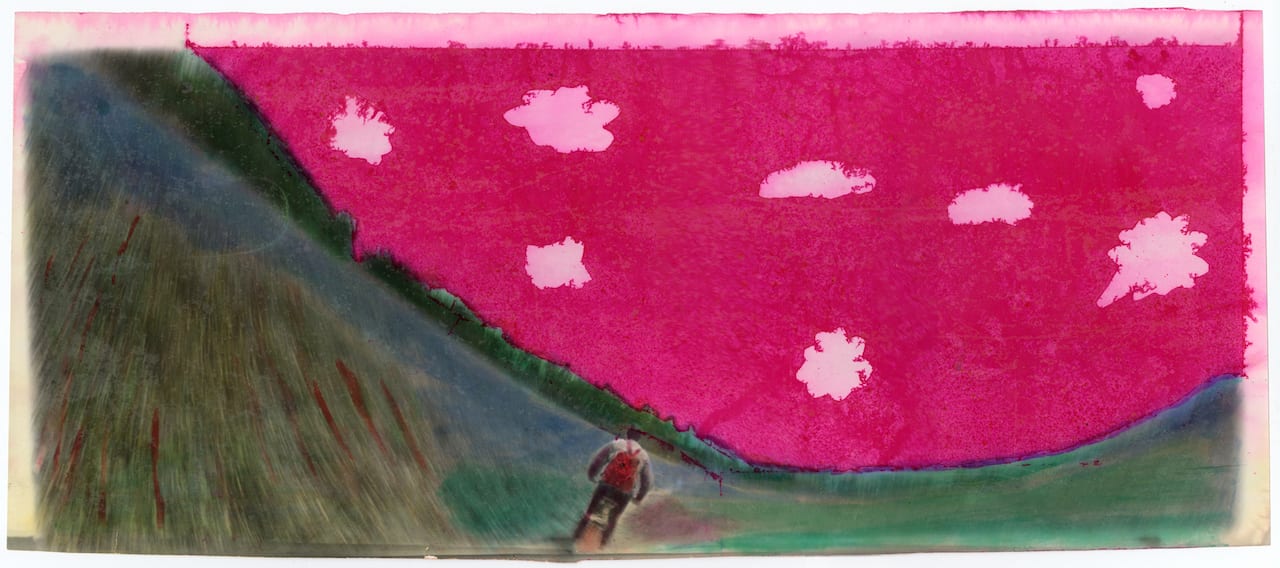
The Ball by Ingvar Kenne
“I was quite scared to begin with,” says Ingvar Kenne, who has now been to ten Bachelor and Spinster (B&S) Balls, each in different regions of the Australian outback. “It’s by far one of the most intense things I’ve ever experienced. It’s full on, and non-stop.” B&S Balls are notoriously drunken and raucous parties. They were originally set up to give young people in rural Australia the rare opportunity to meet a potential life partner; nowadays they are mostly an excuse to let loose, but many of the old traditions have stuck, and hundreds of people still drive from all over the country to take part in them.
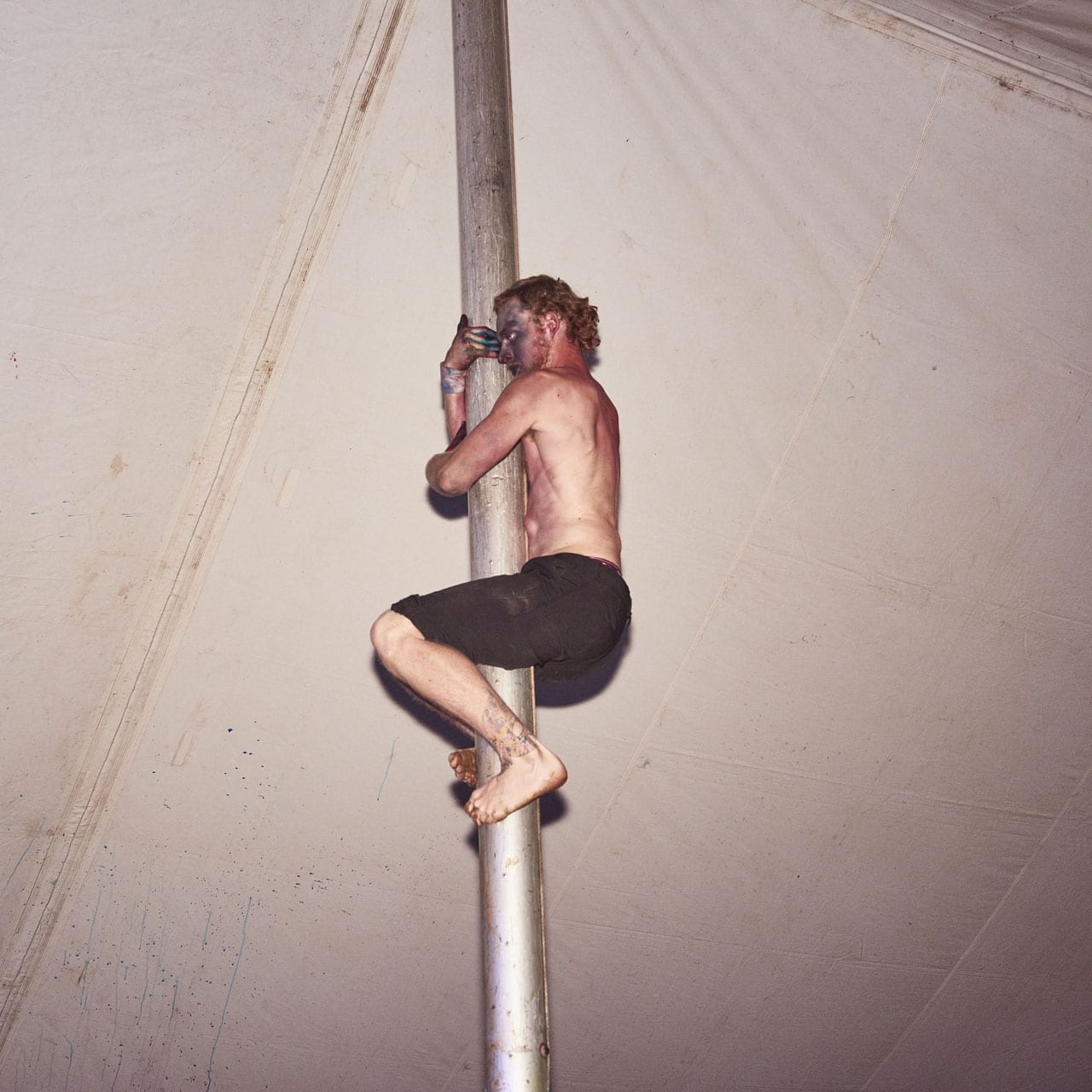
The Pink and Blue Projects by JeongMee Yoon
“The Pink and Blue Projects were initiated by my five-year-old daughter, who loved the colour pink so much that she wanted to wear only pink clothes and play with only pink toys and objects,” writes JeongMee Yoon. “I discovered that my daughter’s case was not unusual. In the United States, South Korea and elsewhere, most young girls love pink clothing, accessories and toys. This phenomenon is widespread among children of various ethnic groups regardless of their cultural backgrounds. Perhaps it is the influence of pervasive commercial advertisements aimed at little girls and their parents.”
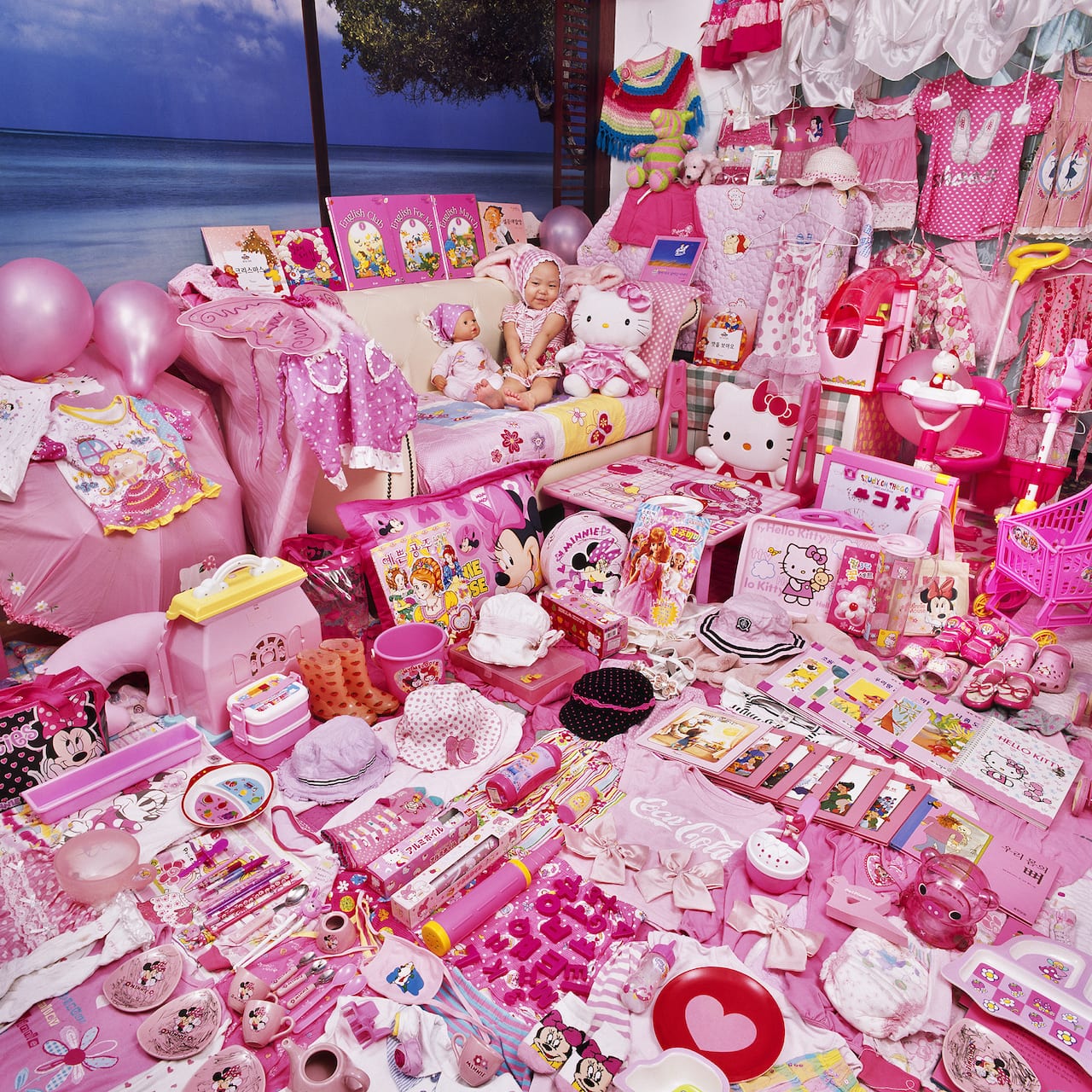
Golden Hour by KangHee Kim
When Kanghee Kim started making photographs, it was out of frustration. Due to immigration laws, she hasn’t been able to leave the US for 10 years, even to visit her relatives back home in Korea, because her entry back in isn’t guaranteed. Kim, now 27, moved to New York with her family when she was 14. Her parents wanted her to have an American education because they thought Korean schools were too rigid and strict. “I really miss Korea, especially over the last few years,” says Kim. “Korea is the motherland. Whenever I see photos or hear about it I feel a bit torn.”
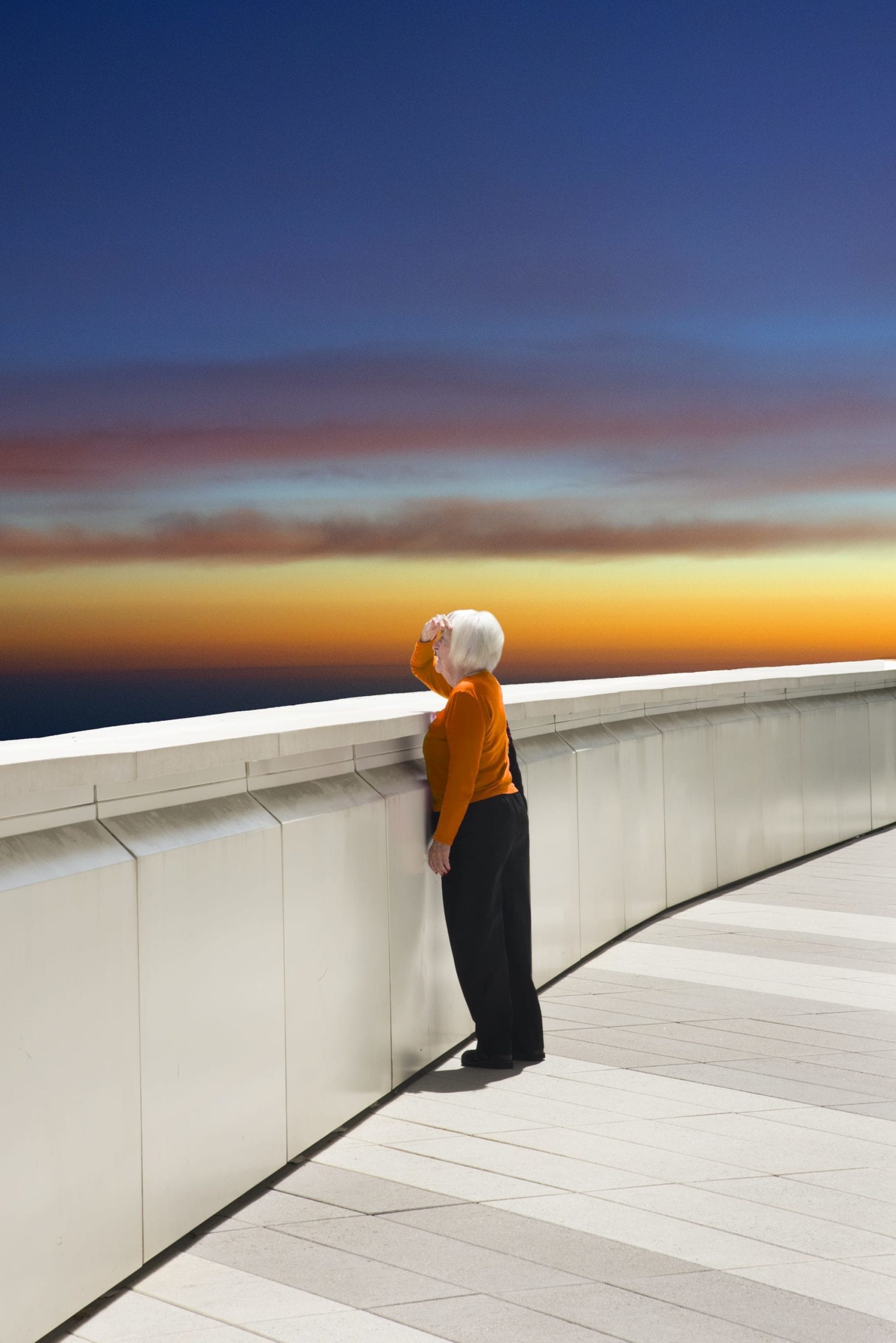
Hanna Moon & Joyce Ng: English as a Second Language
Hanna Moon was born in South Korea, Joyce Ng “spent her youth in the multitude of sprawling malls throughout the city of formerly-colonised Hong Kong”; both are now based in London, where they’re fast making their mark in fashion photography. They’ve joined forces for an exhibition at London’s Somerset House titled Hanna Moon & Joyce Ng: English as a Second Language, which explores their take on Western conceptions of beauty. The exhibition includes new work commissioned by Somerset House as well as images from the photographers’ archives.
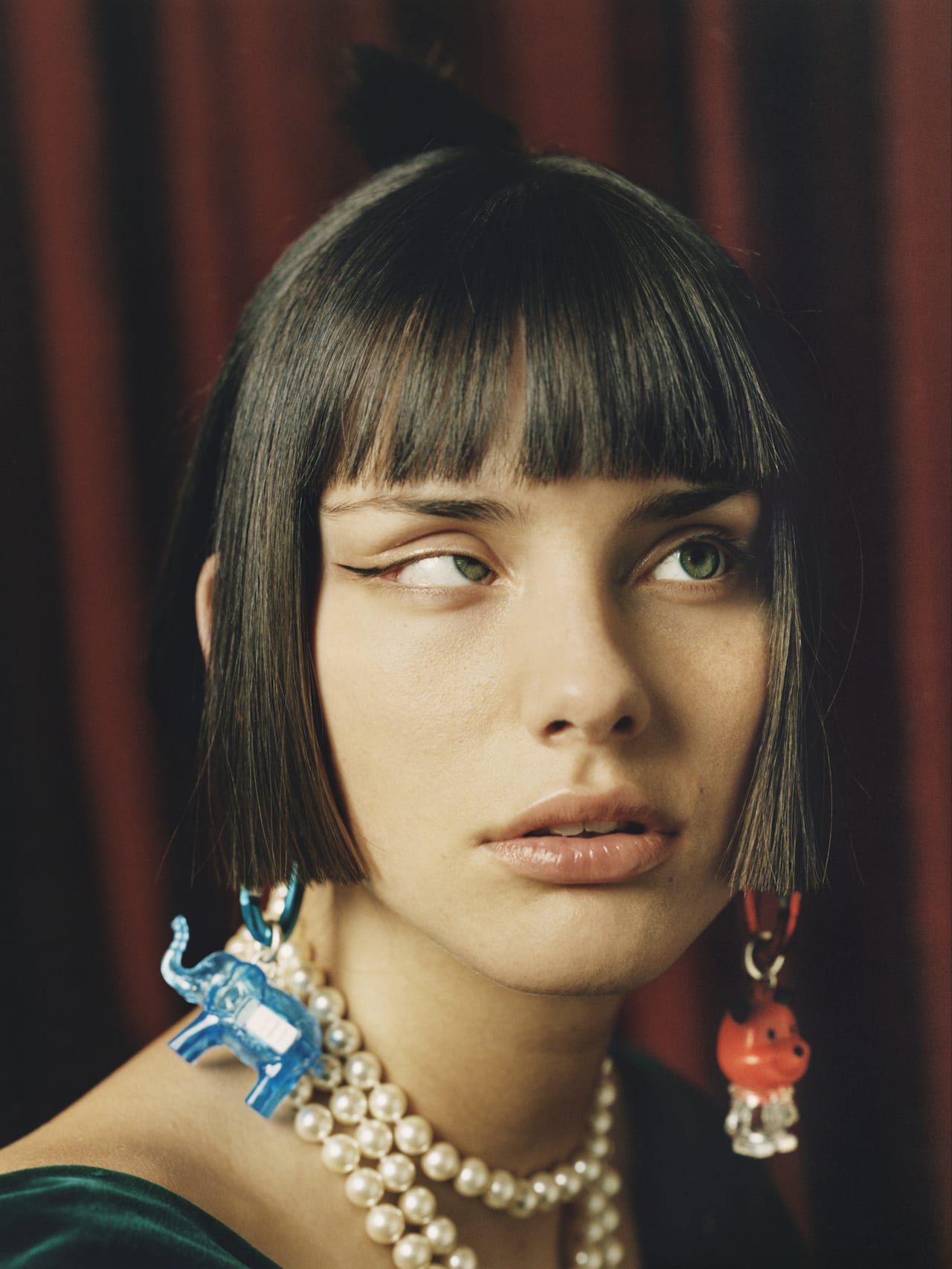
Contemporary identity at Mundo Latinx
“We were fascinated by the rich diversity of Latin America and the Latinx diaspora experience and wanted to address expectations of what Latinx means,” say the organisers behind Mundo Latinx, an exhibition of Latin American work going on show in London. “This exhibition coincides with challenging times in the global political climate when it is particularly important to highlight identity politics and diverse representation.”
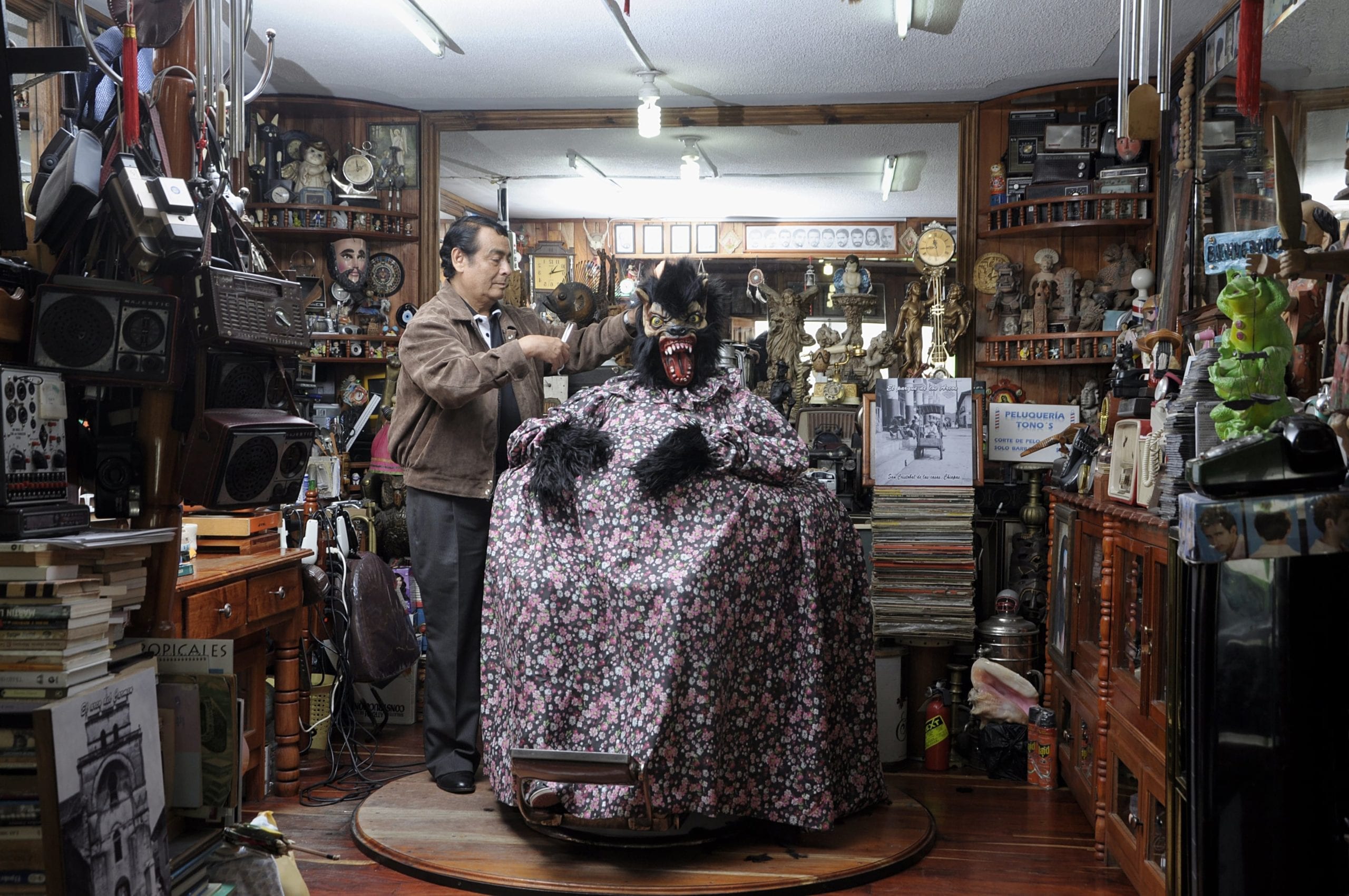
Any Answers: Harry Gruyaert
An early pioneer of colour photography and digital printing, the 77-year-old is best known for his cinematic, light- strewn images of Morocco, Russia, the US and his native Belgium. Working across six decades, he’s produced many books, including the recent East/West and Edges, both published by Thames & Hudson. “Seeing Pop Art in the 1970s in New York made me look in a different way,” he tells BJP. “I looked with a sense of humour at the banality of everyday life. Ugly can be beautiful.
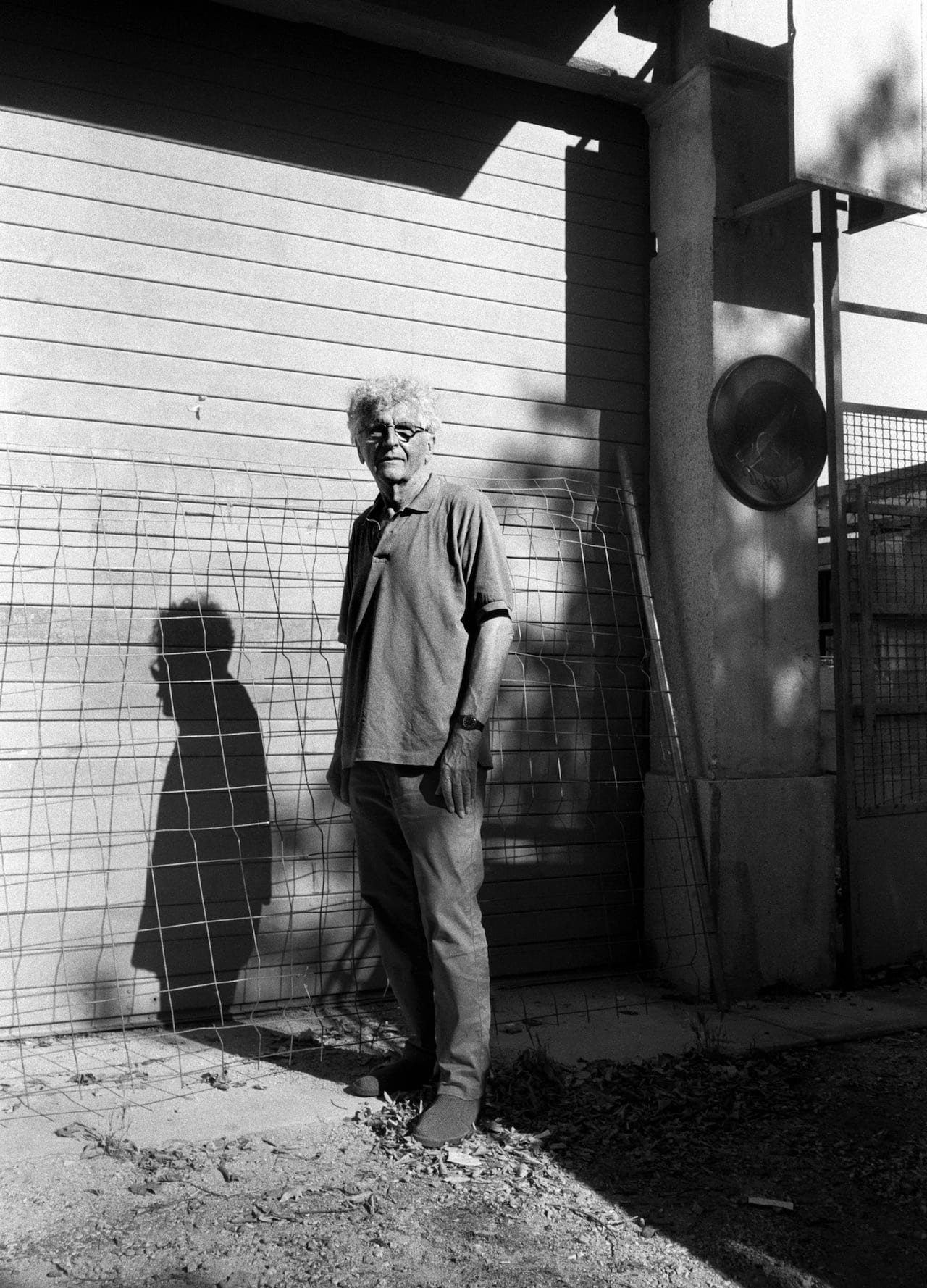
Implicit Tensions: Mapplethorpe Now
In the winter of 1988, at the Institute of Contemporary Art in Philadelphia, an exhibition opening triggered outrage. The Perfect Moment, a display of 125 photographs by New Yorker Robert Mapplethorpe, was the most comprehensive show of his work to date – and the most provocative – featuring images he had taken over the previous 25 years, including those of his divisive X Portfolio. The retrospective came at a difficult time in Mapplethorpe’s life: he was 42, and losing his fight with Aids – the disease that would take his life the following March. But his pristine black-and-white photographs of BDSM scenes, and the sexy, sinewy strangers he met at the Mineshaft sex club, shocked conservative audiences.

